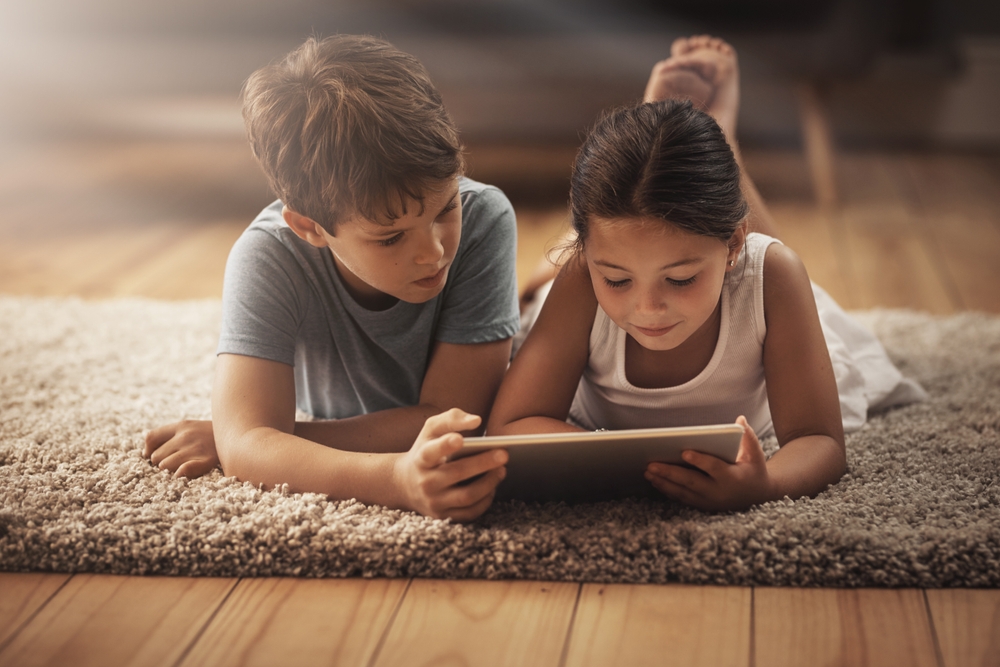Science isn’t just a subject taught in schools—it’s a way to explore the world. For children, the joy of discovery is most profound when they can touch, see, and influence outcomes directly. Dr. Andrew Satran of Advanced Pediatrics of Rockland encourages parents to turn curiosity into hands-on learning with simple science experiments at home. Here’s how you can transform your kitchen, backyard, or living room into a young scientist’s laboratory.
Creating a Lava Lamp: Understanding Liquid Density and Solubility
This classic experiment is a great way to introduce concepts like density and solubility. All you need is a clear water bottle, vegetable oil, water, food coloring, and effervescent tablets (like Alka-Seltzer). Fill the bottle two-thirds with oil and one-third with water (add the water first). Add a few drops of food coloring and watch as it sinks and mixes with the water. Break the tablet into pieces, drop one in, and watch your homemade lava lamp come to life! This experiment offers a visual spectacle and a discussion about why oil and water don’t mix.
Grow Your Own Crystals: A Lesson in Saturation and Formation
Growing crystals can be both fun and educational. You will need borax (found in laundry detergent), hot water, pipe cleaners, and a jar. Shape the pipe cleaners into any form, attach them to a pencil or stick lying across the top of the jar, and ensure they don’t touch the sides. Mix three tablespoons of borax per cup of hot water and stir until dissolved. Pour the solution into the jar, covering the pipe cleaners, and leave it overnight. The next day, discover the crystals that have formed! This experiment teaches about saturated solutions and the process of crystallization.
The Power of Plants: Photosynthesis and Respiration
This experiment highlights the importance of plants and their role in the earth’s ecosystem. You’ll need a few small plants, clear plastic bags, and some patience. Place the bags over the plants, seal them with a rubber band, and observe over a few days. You will notice condensation inside the bag, and possibly a change in the color of a leaf if you cover just part of it. This simple setup demonstrates how plants breathe, photosynthesize, and contribute to the air we breathe.
Volcano Eruption: Exploring Chemical Reactions
Every child delights in seeing a homemade volcano erupt. Construct your volcano using clay or dirt around a small bottle. In the bottle, mix vinegar, dish soap, and a few drops of food coloring. In a separate cup, mix baking soda with a little water to make a paste. Pour the baking soda into the bottle and stand back to watch the eruption. This dramatic reaction is a great way to discuss the basics of chemical reactions.
Edible Experiments: Kitchen Chemistry
Science you can eat is a great way to engage kids. Making homemade ice cream in a bag not only results in a tasty treat but also teaches about freezing points and the states of matter. You’ll need small zip-lock bags, larger zip-lock bags, ice, salt, milk, sugar, and vanilla extract. Mix milk, sugar, and vanilla in a small bag and seal it tightly. Fill a large bag half full of ice, and add a generous sprinkle of salt. Place the small bag inside the large one, seal it, and shake vigorously for about five minutes. Enjoy the science of your homemade dessert!
Exploring the Universe: Building a Simple Telescope
Building a simple telescope can spark interest in astronomy. For this, you need two magnifying glasses of different sizes and a tube (a paper towel tube works well). Tape the larger magnifying glass at one end and the smaller at the other, ensuring they are perfectly aligned. Gaze through to explore distant objects or the night sky, introducing children to the wonders of our universe.
Embracing Science Every Day
By incorporating science into everyday activities, Dr. Satran believes we can inspire children to embrace learning with enthusiasm and curiosity. Whether it’s understanding the body’s need for regular health checks during an Annual Physical, or the importance of maintaining good hygiene practices highlighted during Covid-19 education, science is everywhere.
Inspiring Future Scientists
Involving children in science through hands-on experiments is not just about teaching them facts but about sparking a lifelong passion for exploration. At Advanced Pediatrics of Rockland, we believe these experiences are crucial in developing critical thinking and problem-solving skills. So, let’s make science an adventure that starts at home but lasts a lifetime.
Sources
- National Science Teaching Association
- Smithsonian Science Education Center
- American Chemical Society






 In CA By O360®
In CA By O360®